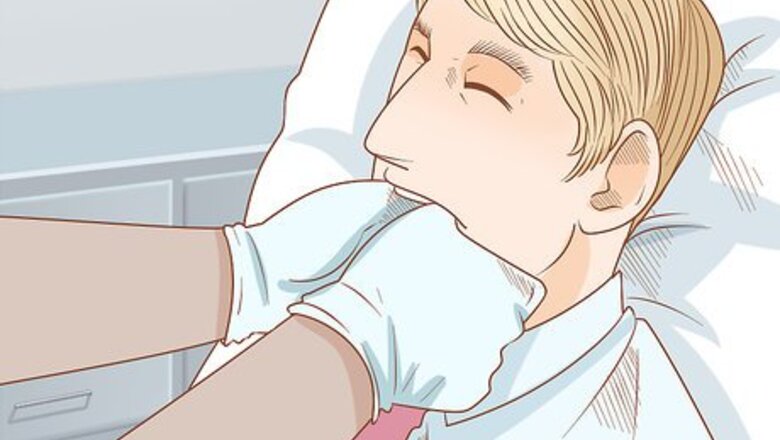
views
Giving Immediate Assistance
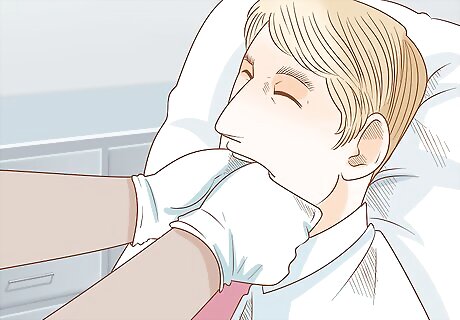
Seek emergency medical assistance if you suspect a dislocated jaw. If your mouth is stuck in a partially open position and you have significant pain underneath one or both ears, there's a good chance you have a dislocated jaw. Go to an emergency department right away, or call emergency services to get help. You'll need a physical exam and an X-ray right away to diagnose the problem. You might also notice indentations under one or both ears. You might be suffering from a fracture instead of a dislocation, or it's possible to experience both, but you need rapid medical attention in any case.
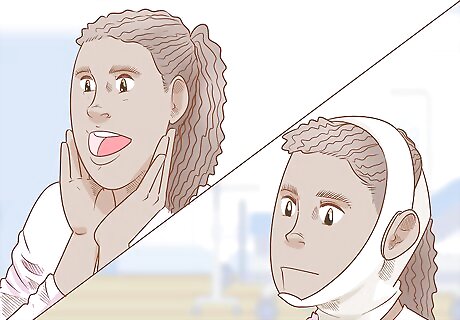
Support the jaw with your hands or an elastic bandage. The pain of the dislocation and the weight of the detached jaw may strain your ligaments and make the surrounding muscles begin to spasm. Immobilizing and supporting the weight of your jaw can help reduce these impacts. Don't try to push your mouth closed with your hands. Just put them under your chin and try to support your jaw in place. A helper can also wrap an elastic bandage under your chin and over your head several times. However, don't put too much upward pressure on your jaw, and make sure you can quickly remove the bandage if the person needs to vomit due to the pain. You may drool, but you won't be able to swallow or drink anything.
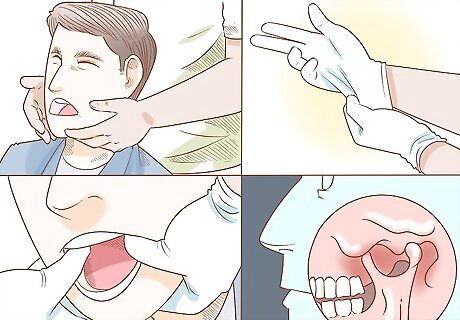
Attempt to repair the dislocation only as a last resort. An untrained person is more likely to cause pain and damage than they are to repair the dislocated jaw. Wait for a medical professional to repair the jaw unless there is no other choice—for instance, if you're camping in the deep wilderness with a friend and the nearest help is a day's hike away. Stand behind the person with the dislocated jaw and make sure they keep their head straight and still. Put on gloves to reduce the chance of infection, and wrap gauze or fabric around your thumbs to protect them from unintentional biting due to pain. Make sure you can feel the joint so you can put the jaw back in place. Place your thumbs in the person's mouth, on their back molars, and wrap your hands around the sides of their chin. Press down gently with your arms while tilting the front of the chin slightly upward with your fingers. Then push the jaw back until you feel the ball pop back into the socket. Without proper anesthesia and sedation, this maneuver could be extremely painful for the person. It must be your last resort. Call for help whenever possible. Don't try to realign a jaw if there has been a severe accident since there also could be fractures. Robert O. Uppgaard Robert O. Uppgaard, Dentist and TMJ Disorder Expert If a dislocated jaw is suspected, seeking professional medical care right away is vital. Do not try to reposition the jaw yourself, as mishandling could intensify the injury. A health provider will properly realign the jaw, frequently sedating the patient so muscles relax and pain is reduced. After realignment, adhering to a regimen of limited jaw movement, soft foods, and perhaps stabilization methods is critical to promote healing and avoid future dislocation.
Having the Dislocation Medically Repaired
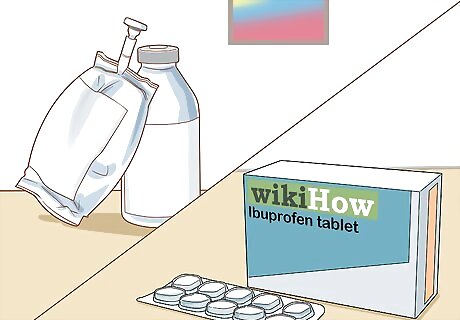
Address your pain and comfort levels with medications. When you arrive at a medical facility with a dislocated jaw, you'll likely be given anesthesia via shot or intravenously (IV). They may also give you NSAIDs or other pain relievers through IV, and sedatives to prepare you for the repair procedure. You might also be sent for x-rays or a CT scan. You'll be in pain and have trouble speaking, so it's best to have someone accompany you to the medical facility.
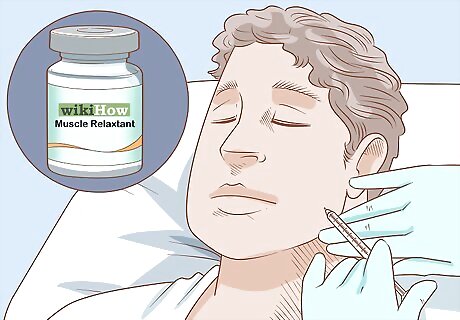
Get an intravenous muscle relaxant if needed. If the muscles around your jaw have begun to spasm, you'll also be given a muscle relaxant. Otherwise, the seized up muscles may make it difficult to move the jaw back into its proper position. If you have allergies or other medical reasons why you can't take certain muscle relaxants or other medications, make sure you or someone accompanying you informs the staff right away.
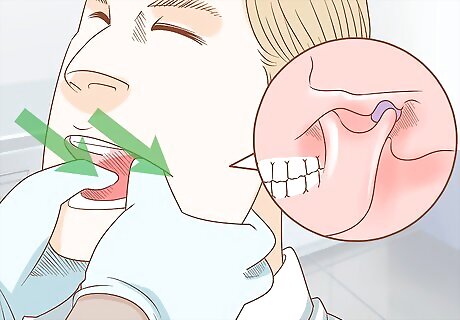
Undergo the conventional method of TMJ reduction. Most medical professionals still use the longstanding method for reducing (repairing) a dislocated jaw. They will place their thumbs on your rear lower molars and their fingers to the sides of your chin, then press down forcefully and guide the jaw back into place. You'll be sedated, so you won't feel pain during the procedure. This procedure is effective nearly 90% of the time.
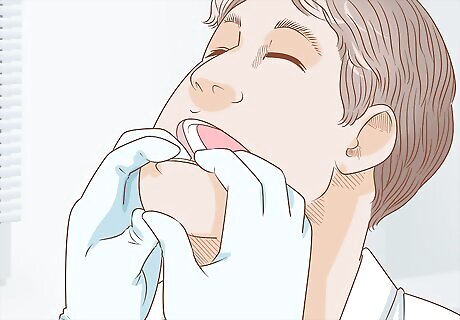
Accept alternative reduction methods for your condition. There is more than one way to manually repair a dislocated jaw, and several alternatives have good success rates as well. There are several extraoral methods, in which the practitioner's hands remain outside the patient's mouth, thereby reducing the chance of reflexive biting. There is also a so-called “wrist pivot” method that has a very high success rate (97%) but takes a lot of training to master. Some practitioners may be comfortable with a single method in all cases, while others may choose a method based on the particulars of the case. Only in rare cases is surgery needed to repair a dislocated jaw.
Providing Aftercare or Recurring Care
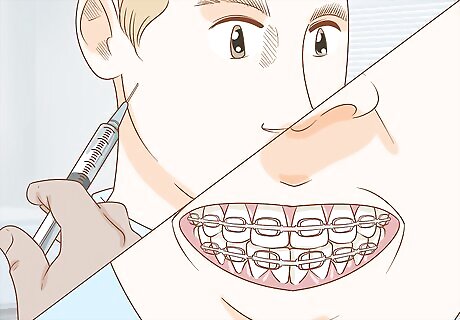
Have your jaw medically tightened or mechanically secured. After the jaw is popped back into place, the strained jaw ligaments need to be strengthened and re-tightened. This can be done through a sclerosing agent given as a shot, which will tighten the ligaments. The jaw might also be banded or wired shut for several days to give the muscles and ligaments time to heal. While having your jaw wired shut is a major inconvenience, it may prevent you from having another painful jaw dislocation in the near future.

Go on a soft or liquid diet for several days. If your jaw is banded or wired shut, you will be given instructions on the liquid diet you should follow for several days until the bands/wires are removed. Even if your jaw isn't wired or banded, though, you'll still be advised to consume only liquids and specified soft foods for possibly a week afterward. Do not chew gum while you're recovering. Follow your instructions carefully and ask questions if you are unsure about anything. You don't want to risk another dislocation right away!
Use ice to relieve pain and swelling. Apply cold packs to your jaw for 10-20 minutes at a time. Repeat this every 2-3 hours.
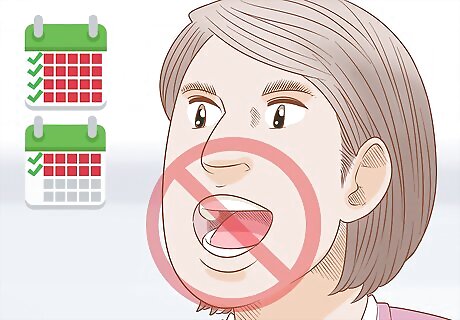
Don't open your mouth wide for 6 weeks. For some people, a big yawn or extra large bite is enough to cause a jaw dislocation. While the jaw is healing, it is important to limit how wide you open your mouth so that you don't put undue stress on the healing ligaments and muscles. When you feel a yawn or a sneeze coming on, cup your hands under your chin to keep your mouth from opening wide. Your doctor may recommend using bandages to secure your jaw so you can't open your mouth too widely.
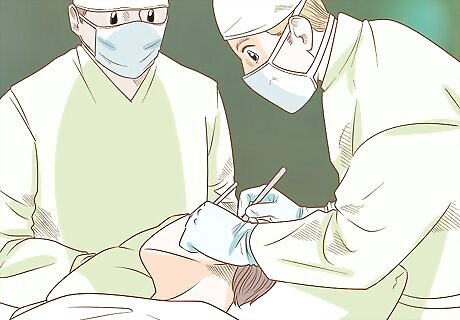
Address recurring dislocations with surgery or other procedures. Due to genetics or other factors like grinding teeth at night and arthritis, some people are simply more prone to jaw dislocations. Depending on the circumstances, different approaches may be used to limit the recurrence of dislocations. You might be given multiple injections of medications that will help strengthen and tighten your jaw ligaments. The surgical procedure known as eminectomy is the best course of action in some cases. It involves removing the section of bone that the “ball” of your jaw joint gets caught in front of during a dislocation. You may be advised to have your jaw wired or banded shut for several weeks so your ligaments can heal and tighten as a last resort












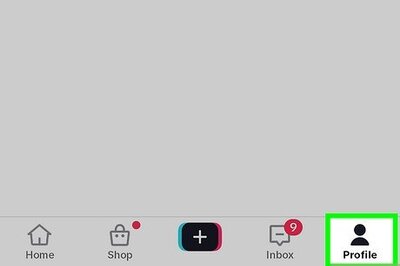



Comments
0 comment